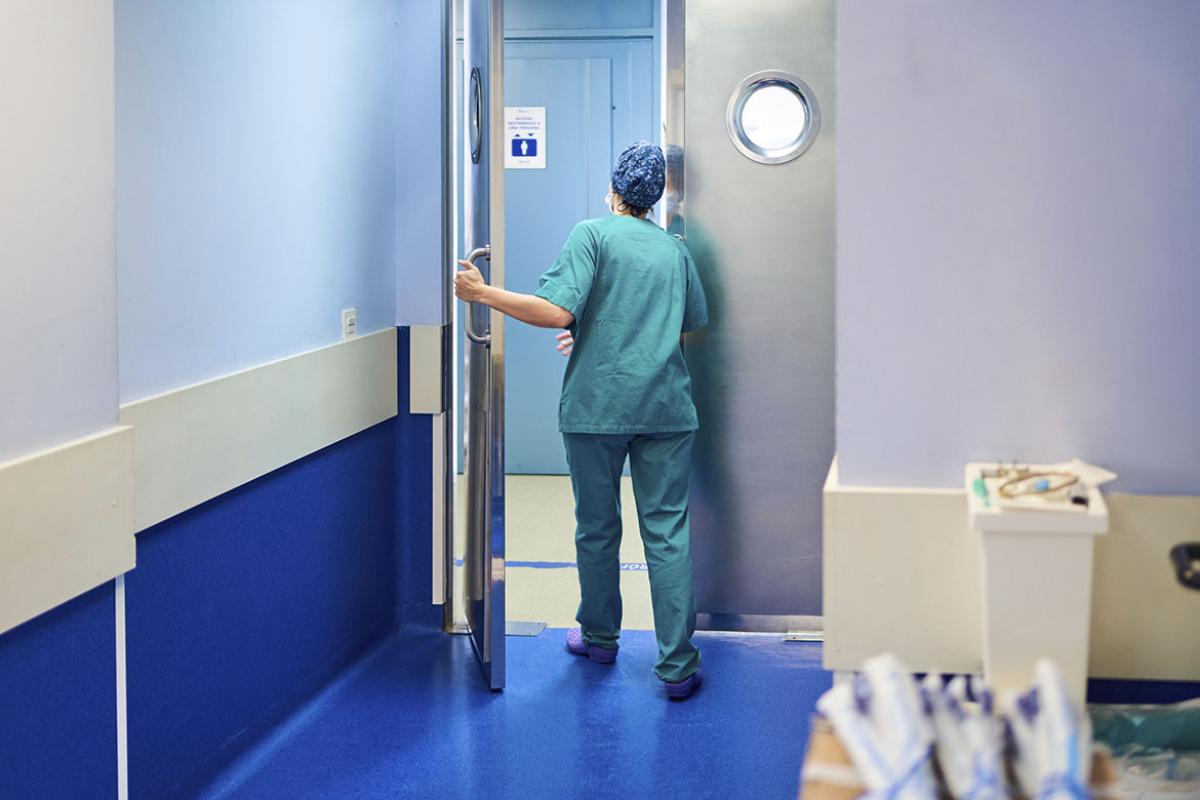What’s the news: Congress reconvened this week to pass a bill delivering nearly half a trillion dollars in additional funding to replenish and supplement key programs under the Coronavirus Aid, Relief and Economic Security (CARES) Act. The funding will go to the Paycheck Protection Program (PPP), small business disaster loans and grants, hospitals and health care providers and testing.
The AMA, leading physician organizations and state medical societies have urged congressional leaders to protect patient access to medical care by preserving the viability of physician practices across the country.
Of the $484 billion in the bill, dubbed “COVID 3.5” on Capitol Hill:
- $321 billion goes to PPP, with $60 billion set aside for small, midsize and community lenders, including minority lenders.
- $50 billion is for the Disaster Loans Program, and another $10 billion is for Emergency Economic Injury Disaster Loan grants.
- $75 billion is for grants under the Public Health and Social Services Emergency Fund to support the need for COVID-19 related expenses and lost revenue due to coronavirus.
Meanwhile, $25 billion will help to research, develop, validate, manufacture, purchase, administer and expand capacity for COVID-19 tests. The bill requires the Trump administration to create a national strategy to provide assistance to states for testing and increasing testing capacity.
Read the AMA’s summary of the COVID 3.5 bill and learn how physician practices can get help under the CARES Act.
Why it’s important: The first round of PPP funds, provided in the CARES Act, was quickly exhausted as small business of all stripes sought help to withstand the economic battering inflicted by physical distancing measures needed to ensure that COVID-19 cases do not totally overwhelm the capacity of the nation’s health system.
While regulatory and payment changes have eased use of telehealth, physician groups reported an average revenue decline of 55% from the beginning of the crisis through early April, according to the Medical Group Management Association.
It’s likely that some elements of the programs receiving added funds in this legislation will be revised to assure they are better targeted toward the health care facilities and physician practices most in need. The AMA is in close contact with congressional and administration staffers engaged in these discussions to assure that physician practices are supported without the imposition of onerous reporting requirements.
There’s some talk on Capitol Hill about a so-called COVID 4.0 bill being considered in early May that would offer further relief to Americans financially affected by the pandemic. Learn about the five vital lifelines still needed for struggling physician practices.
Learn more: The U.S. Department of Health and Human Services this week offered more information about the allocation of the $100 billion CARES Act Provider Relief Fund.
On April 10, an initial $30 billion was allocated to clinicians and facilities based on their proportion of Medicare Part A and B fee-for-service spending in 2019. HHS is now adding an additional $20 billion to this amount for what it describes as a $50 billion “general allocation.” The remaining fund distribution will be based on 2018 net patient revenue, not just Medicare fee-for-service.
Of the $50 billion, $10 billion will be allocated for a targeted distribution to hospitals in areas that have been particularly impacted by the COVID-19 outbreak based on information they provide on the number of ICU beds and admissions for patients with a COVID-19 diagnosis. An additional $10 billion is being allocated to rural hospitals and rural health clinics based on their operating expenses, and $400 million is being directed to Indian Health Service facilities.
Some portion of the remaining funds is being used to cover the costs of caring for uninsured patients with COVID-19. These funds may be claimed starting April 27 at this Health Resources & Services Administration COVID-19 website.
Stay up to speed on the AMA’s COVID-19 advocacy efforts and track the fast-moving pandemic with the AMA's COVID-19 resource center, which offers a library of the most up-to-date resources from JAMA Network™, the Centers for Disease Control and Prevention, and the World Health Organization.



